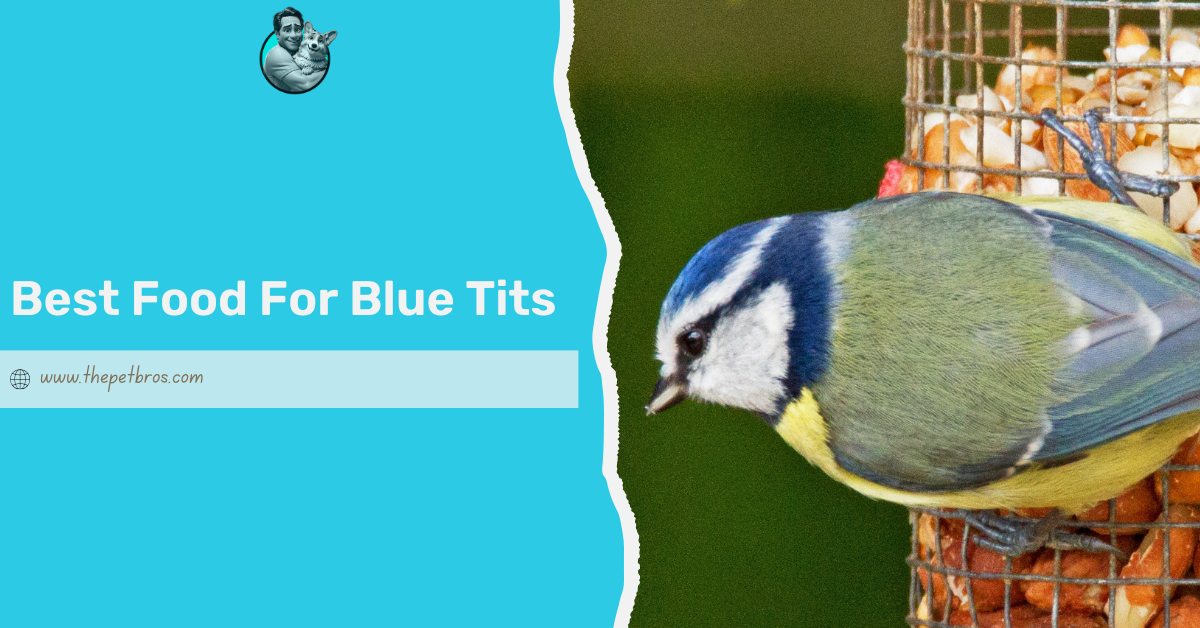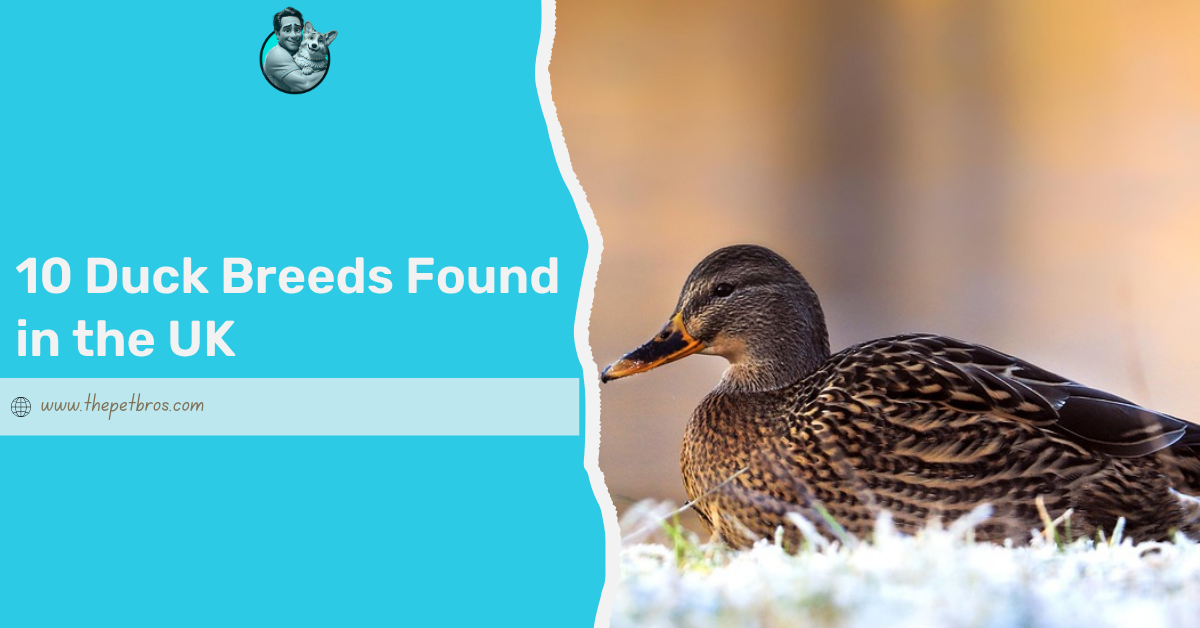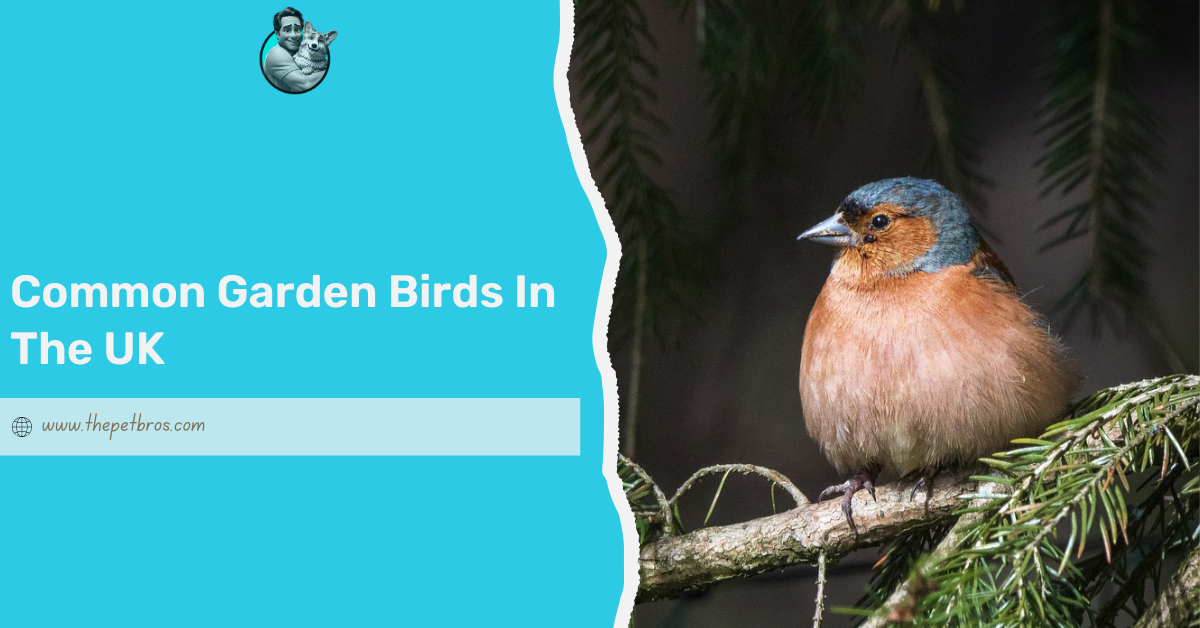If blue tits could talk, they’d probably have a lot to say, mostly about how they’ve mastered the art of stealing the best food from garden feeders and how we humans are just their snack suppliers. But since they don’t speak our language (yet), the only way to truly understand them is by paying attention to what they eat, how they eat, and what keeps them coming back for more. In other words, what is the best food for blue tits?
Feeding blue tits isn’t just about chucking a handful of seeds into the feeder and hoping for the best. It’s about offering the right food to keep them healthy, supporting them through the colder months, and creating a welcoming garden where they feel safe to visit year after year.
So, if you’ve ever seen these cheeky little birds darting around your garden and wondered, “What exactly do they eat, and how can I make them stick around a bit longer?” – you’re in the right place! Let’s dive into the ultimate guide to feeding blue tits!
Understanding Blue Tits and Their Diet
Blue tits are small, energetic birds with bright blue and yellow feathers that make them easy to spot in gardens. They’re pretty common across Europe and parts of Asia, and they love popping by gardens where food is plentiful. Offering a balanced diet isn’t just about keeping them well-fed – it also supports their overall health, helps them survive tough winters, and contributes to a thriving garden ecosystem.
In the wild, blue tits eat a varied diet that changes with the seasons to ensure they get all the nutrients they need throughout the year.
- Spring and Summer: Blue tits focus on insects and other invertebrates to feed their growing chicks. They’ll be after caterpillars, spiders and other small insects, and aphids and larvae. Caterpillars, especially winter moth larvae, are vital for protein and help chicks grow. A single family of blue tits can get through thousands of caterpillars in the breeding season! Also, spiders help keep adult blue tits well-fed, while aphids serve as handy, easy-to-digest protein sources for young birds.
- Autumn and Winter: During this period, the best food for blue tits are energy-rich Seeds and Nuts As insects become scarcer, blue tits turn their attention to energy-packed foods. This includes, but definitely not limited to seeds, such as sunflower, mixed, seeds, and nyjer, nuts, such as peanuts and hazelnuts, berries, such as elderberry, hawthorn, rowan, and ivy berries, and lastly, suet and fat balls. Sets are brilliant high-calorie boosts to help blue tits maintain body heat. Similarly, seeds keep them going through colder months, while nuts, during this period, serve as a good source of protein and fat.
So, What Are The Best Food for Blue Tits to Offer in Your Garden?
Now, if you want to entice blue tits to your garden, here’s the food you’ll want to offer. These high-energy foods will help keep them healthy and coming back for more:
1. Sunflower Seeds
Sunflower hearts (the ones without the shells) and black sunflower seeds are perfect for blue tits. They’re packed with healthy fats, proteins, and oils that give them a quick energy boost.
Best Way to Serve: Hang them in a seed feeder to make them accessible and reduce waste.
2. Peanuts (Unsalted & Crushed)
Peanuts are fantastic for providing protein and fats, but you must ensure they’re unsalted and crushed. Whole peanuts can be a choking hazard, so use a mesh feeder to keep them safe.
Best Way to Serve: Put them in a wire mesh peanut feeder so your blue tits can enjoy them safely.
3. Suet Products and Fat Balls
Suet balls or suet pellets are perfect for giving blue tits that much-needed high-energy nutrition, especially during colder months.
Best Way to Serve: Use a suet cage feeder or hang fat balls from branches.
4. Mealworms (Live or Dried)
Mealworms are a blue tit’s favourite because they mimic their natural diet. Live ones provide hydration, while dried ones can be soaked in water to add moisture.
Best Way to Serve: Serve them in a shallow dish or use a mealworm feeder.
5. Nyjer Seeds
Nyjer seeds are tiny but packed with energy. They’re especially popular with small birds like blue tits.
Best Way to Serve: Use a nyjer seed feeder with small holes to avoid wasting any of those precious seeds.
Feeding Tips and Considerations
- Feeder Placement: Place feeders away from predators like cats and make sure they’re in safe spots. Try to put them near shrubs or trees so the birds have an easy escape if needed.
- Seasonal Feeding: It’s helpful to feed blue tits year-round, especially during breeding season and harsh winters. They need extra support to stay healthy during these times.
- Hygiene: Keep your feeders clean to prevent the spread of disease. Clean them regularly with warm, soapy water.
- Water Supply: Don’t forget to provide fresh water for drinking and bathing, especially during freezing temperatures.
Conclusion
Blue tits might be small, but their energy and curiosity make them one of the most entertaining birds to watch in your garden. From their acrobatic feeding style to their lively chirps, every visit is a reminder of the beauty of nature.
So, next time you spot a blue tit darting between feeders, effortlessly clinging to a branch, or snatching up a sunflower seed, you’ll know exactly what’s keeping them coming back! Creating a wildlife-friendly garden is all about understanding the little details that make a big difference.
Curious to know more about these delightful birds? Feel free to drop any questions in the comments – we’d love to hear from you!
Frequently Asked Questions
Can blue tits eat bread?
Bread doesn’t offer much nutritional value and should be given only occasionally. Wholemeal bread is better than white, but always offer it alongside other more nutritious foods.
Are peanuts safe for blue tits?
Yes, but only if they are unsalted and crushed. Use a mesh feeder to ensure your blue tits can consume them safely.
How can I attract more blue tits to my garden?
Offer a mix of sunflower seeds, peanuts, suet, and mealworms, keep feeders in safe spots, provide fresh water, and plant shrubs and trees for shelter and food.














